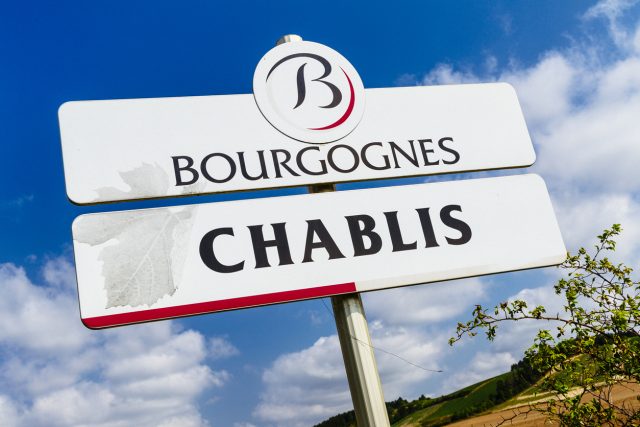This website uses cookies so that we can provide you with the best user experience possible. Cookie information is stored in your browser and performs functions such as recognising you when you return to our website and helping our team to understand which sections of the website you find most interesting and useful.
US overtakes UK as most valuable Chablis export market
Recovering from the pandemic-induced slump and spurred on by the suspension of the wine import surtax in 2021, Chablis exports to the US in 2021 were valued at €29.6 million, a 47% rise from 2020.

This puts the American market as the most valuable export market for Chablis, ahead of the UK. The US is second in terms of volume, with the 3.1 million bottles exported there marking a 41.2% increase from 2020. The UK remains number one in this regard, importing 3.4 million bottles. However, the UK figure has actually declined by a third since 2020, so it might be anticipated that the US will soon come first with regard to volume.
The upwards trajectory of Chablis sales in the US has been a trend for the past decade, disrupted only by the dip in 2020. Because of this anomaly, export volume has declined by -2% relative to the five year average.
It has been suggested that American consumers have been slow to embrace Chablis due to lower quality, American produced wines being labelled as Chablis. Premier and Grand Cru exports have also continued to rise in value.
Chablis wines account for approximately a quarter of white Burgundy exports and 15% of all Burgundy exports to the US. On trade, the report also revealed that Chablis is slightly more popular in New York restaurants than those in LA (with 5% and 4% shares in the global wines on offer at surveyed restaurants respectively. Overall, Chablis is the best represented Burgundy appellation on American restaurant wine lists.
The generational demographics concerning those willing to order a bottle of wine in restaurants and bars suggests that the rise of Chablis in the US is on course to continue. The 25-39 age group are most likely to order wine with their meal, followed by the 21-24 group. Though the amount younger Americans drink has declined, the quality of what they are buying is on the up.

